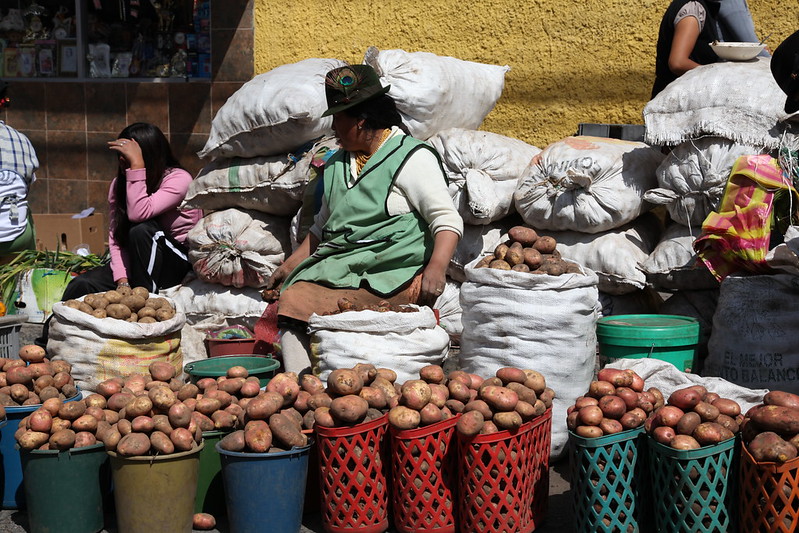Food Systems in Ecuador

In 2020, 930,000 tons of food went to waste in Ecuador, according to The Global FoodBanking Network. Much of this waste is due to the inefficiency of food systems in Ecuador. However, there are programs making efforts to decrease this waste and much of these efforts have proven to be very successful. Much of the produce in Ecuador comes from small-scale farms that families run.
According to the Multidisciplinary Digital Publishing Institute, families or smallholder farms occupy 75% of the world’s agricultural land and many of these individuals live in poverty. Without an abundance of employees and a lack of training on commercialization for these small producers, it is difficult for farmers to make a profit suitable for the size of their families. The Joint Programme took notice of this issue and is working to increase access to nutritious foods in the province of Imbabura.
The Joint Programme
The Joint Programme began in September 2020 and helped increase the production of vital foods such as quinoa and lupine. It educated farmers on sustainability and good production practices to get the most benefit from their crops. The initiative also supports the National Plan For Good Living 2013-2017, as reported by the Sustainable Development Goals Fund. The Joint Programme strives to reduce poverty and undernutrition in the cities of Ecuador.
According to the Sustainable Development Goals Fund, this effort helped 716 families to grow agro-diverse plots and increased their access to markets and fairs to sell their produce. The efforts also helped 118 producers of chocho, a high-protein legume, and gave assistance to 112 quinoa farmers to diversify their crops. Out of the 483 families in the program, 60.1% diversified their diets to include more fruits, vegetables and legumes.
The Future of Food Program
After the emergence of the COVID-19 pandemic, more concerns arose about the ability of food systems in Ecuador to adequately provide for citizens. Only supermarkets were able to sell produce, whereas, before the pandemic hit, producers could sell their food at fairs and marketplaces. This was a necessary option for many farmers due to the small number of collection centers in Ecuador, making it difficult to sell products to supermarkets. It was also more difficult for people to access produce at markets due to stay-at-home orders.
The Future of Food program started in 2019, according to the Diplomatic Courier. The program members deliver baskets of produce from small-scale farmers directly to families in need after the baskets pass a sanitation check. This ensures no produce from farmers goes to waste and provides a source of food to families so that they can stay home during the pandemic. The program has reached more than 9,300 families in Ecuador and has inspired the first farmer-owned online marketplace.
Programs that address the shortcomings of food systems in Ecuador are helping the nation inch closer to food security and sustainability. Implementing these programs in more cities may be helpful to small-scale producers in making a liveable wage and will increase families’ access to healthy foods.
– Katelyn Rogers
Photo: Flickr
